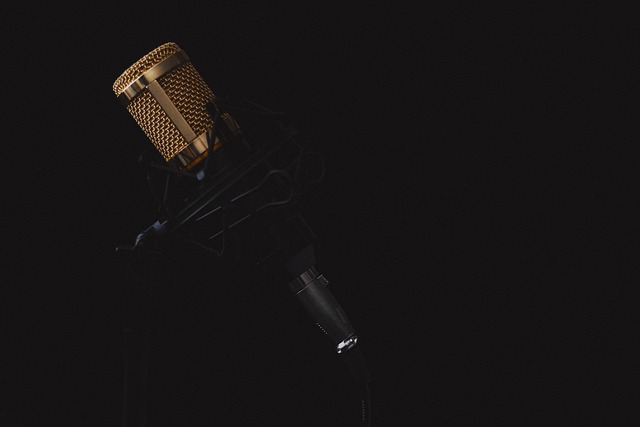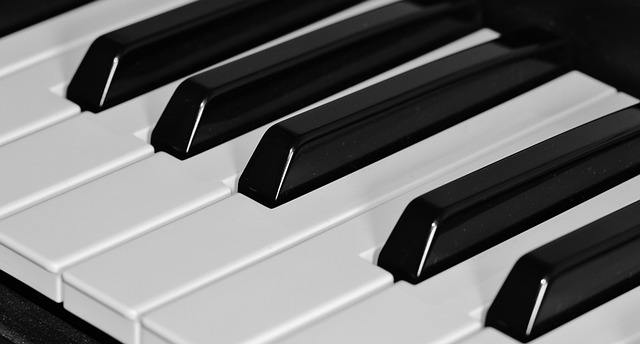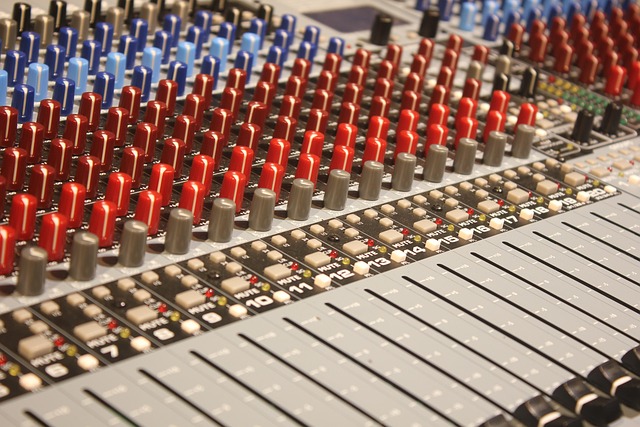Unlocking the Power of Code in Audio Recording
In a world where creativity and technology intertwine, the art of audio recording has evolved dramatically. The emergence of digital tools has democratized music production, making it accessible to aspiring artists and producers alike. At the heart of this transformation is code, a powerful ally that empowers creators to explore uncharted territories in sound. Whether you’re an amateur musician or a seasoned audio engineer, understanding the role of code in audio recording can unlock new dimensions in your work.
The Beauty of Digital Audio Workstations
Digital Audio Workstations (DAWs) are the backbone of modern recording studios. These software applications, built on lines of code, provide an intuitive platform for recording, editing, and mixing audio. But beyond their user-friendly interfaces lies an intricate web of programming that allows for endless customization. With the right code, you can create plugins that enhance your sound, automate mundane tasks, and even generate unique soundscapes that reflect your artistic vision.
Creating Custom Audio Effects
Imagine being able to craft your own reverb or distortion effects. This is where code shines brightly. Audio programming languages such as Max/MSP, Pure Data, and SuperCollider allow you to dive deep into sound synthesis and manipulation. By understanding these tools, you can develop tailored effects that lead to signature sounds. The thrill of programming your own audio effects not only broadens your creative horizon but also fosters a profound connection between technology and artistry.
Automation: Elevating Your Workflow
Efficiency is key in any audio recording project, and working with code brings a new level of automation to your workflow. Imagine being able to write scripts that streamline repetitive tasks, such as automating volume adjustments or generating MIDI sequences. This not only saves time but also allows you to focus on your creative process rather than getting bogged down by technical details. Harnessing code in this way transforms your recording sessions into a fluid and dynamic experience, giving you the freedom to experiment and innovate.
Real-Time Audio Processing
One of the most exciting aspects of code in audio recording is the ability to perform real-time audio processing. With the advent of frameworks like AudioKit or JUCE, developers can create applications that turn sound manipulation into an interactive experience. This opens up new possibilities for live performances, allowing artists to shape their sound on the fly. The synergy between code and creativity can lead to performances that resonate deeply with audiences, creating an unforgettable atmosphere.
Learning to Code for Audio Recording
If you’re eager to incorporate code into your audio recording journey, the good news is that resources abound. Online tutorials, coding boot camps, and community forums provide ample opportunities to learn and connect with fellow sound enthusiasts. Start with foundational programming concepts before diving into specialized audio languages. As you gain confidence, you’ll begin to see how code enhances your artistic expression and expands your technical skills.
The Future Awaits
As technology continues to evolve, the intersection of code and audio recording will only grow more profound. Embracing the power of code offers you a chance to push creative boundaries and stay ahead in an ever-changing landscape. So grab your laptop, dive into the world of programming, and let your audio journey begin. The possibilities are endless, and your next masterpiece could be just a line of code away.



